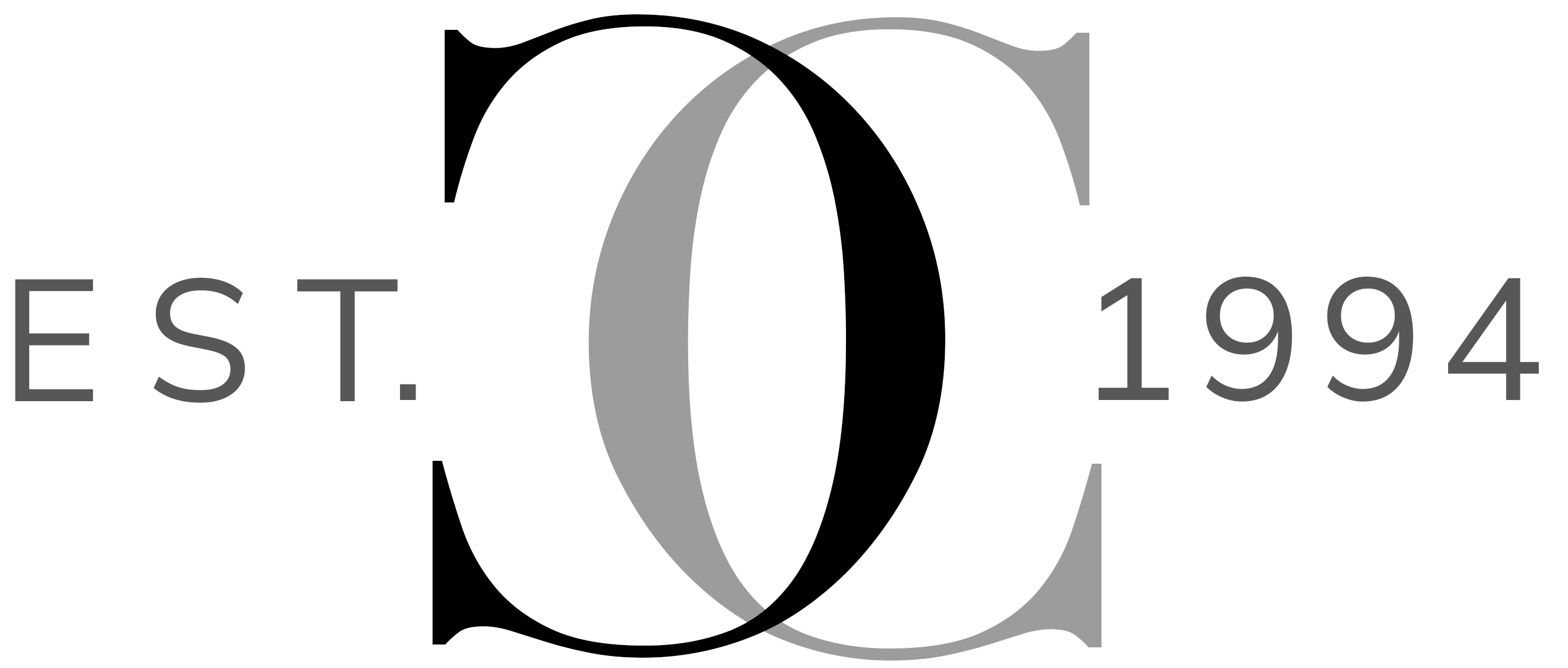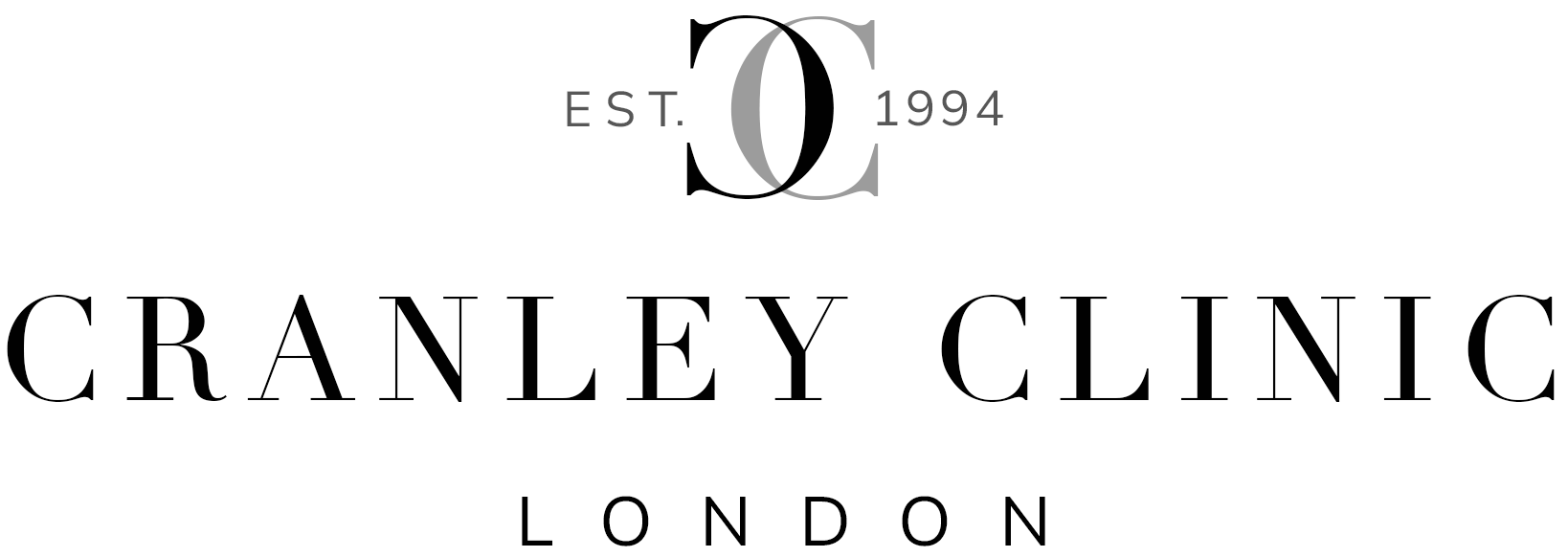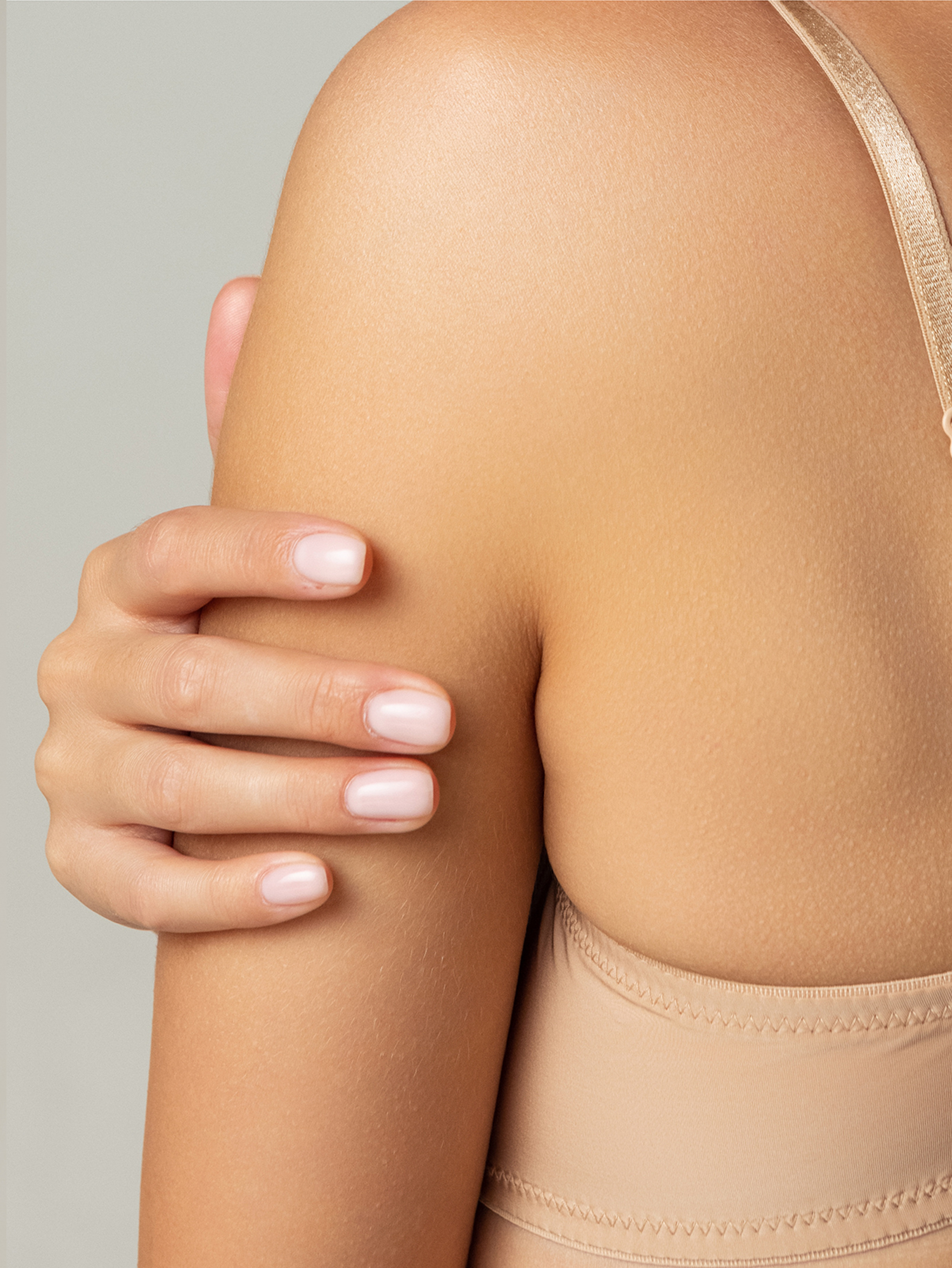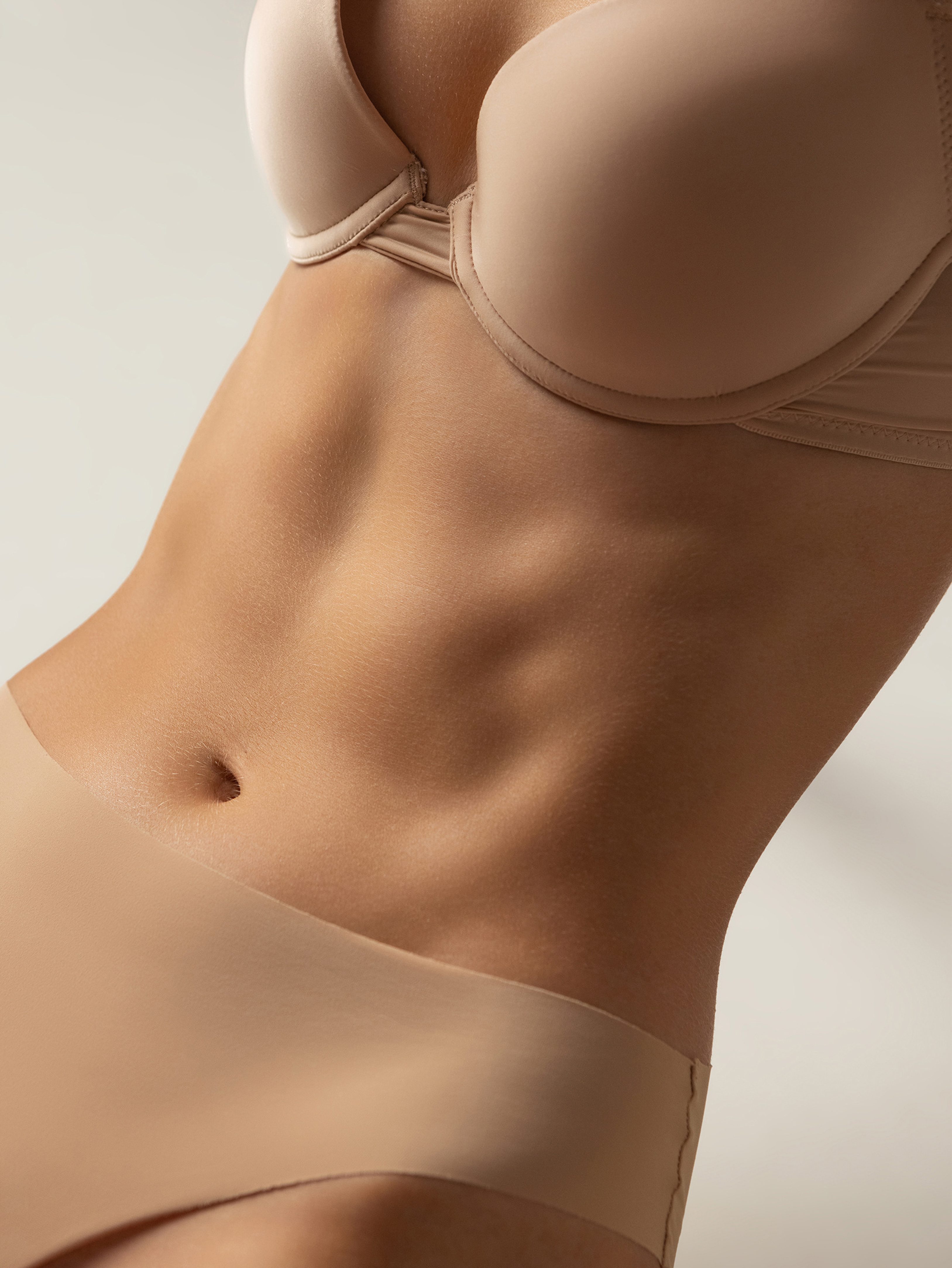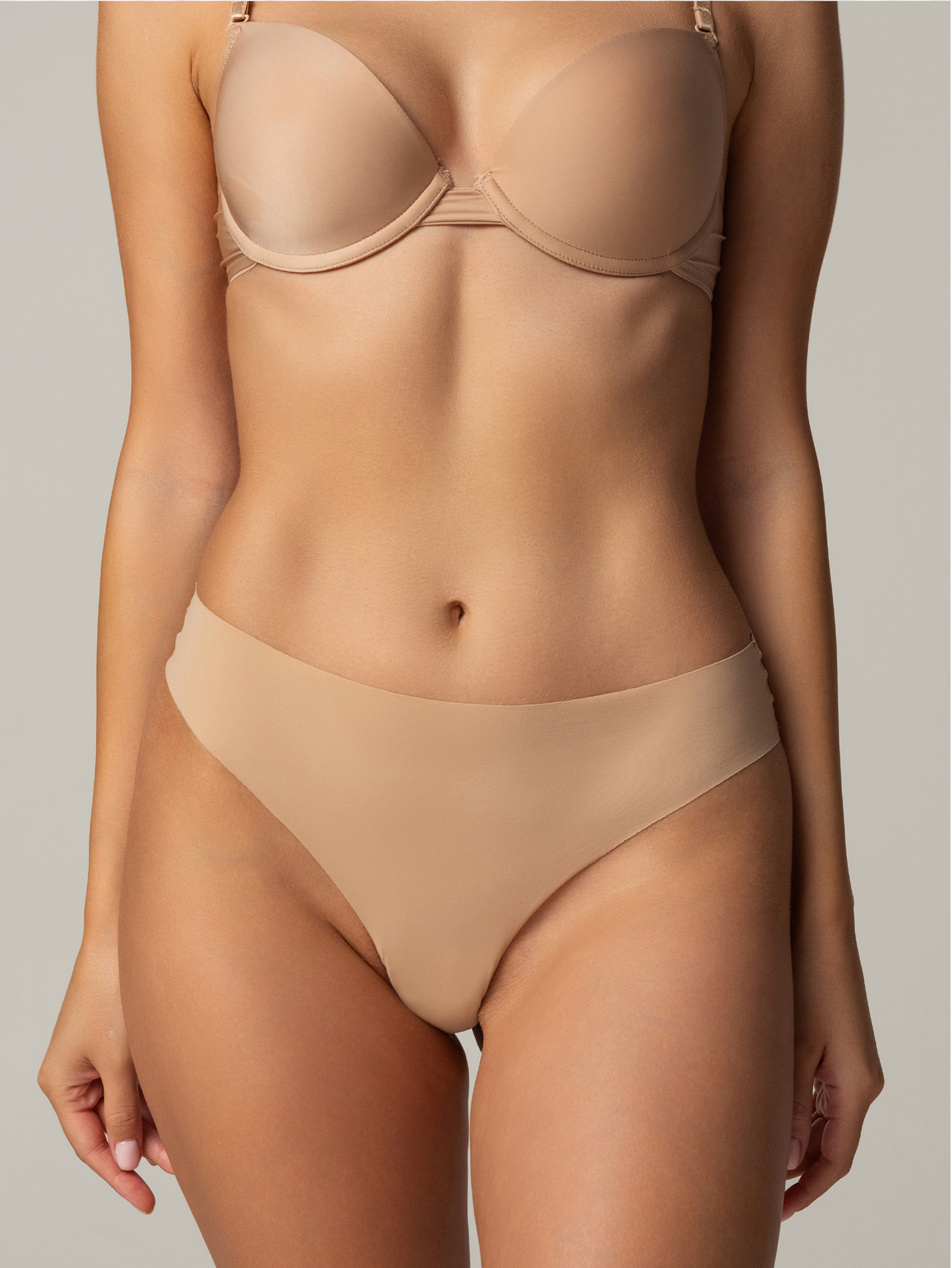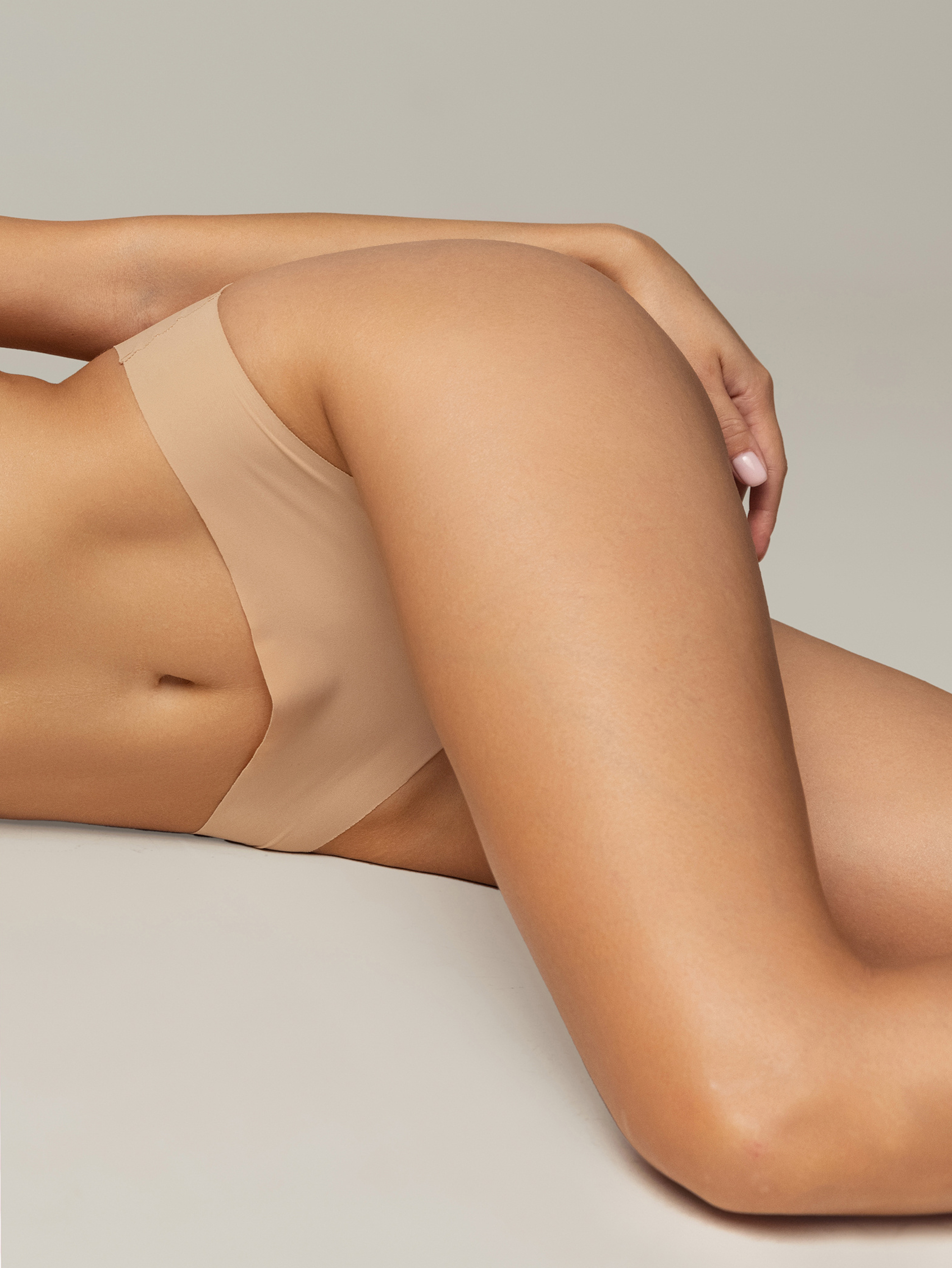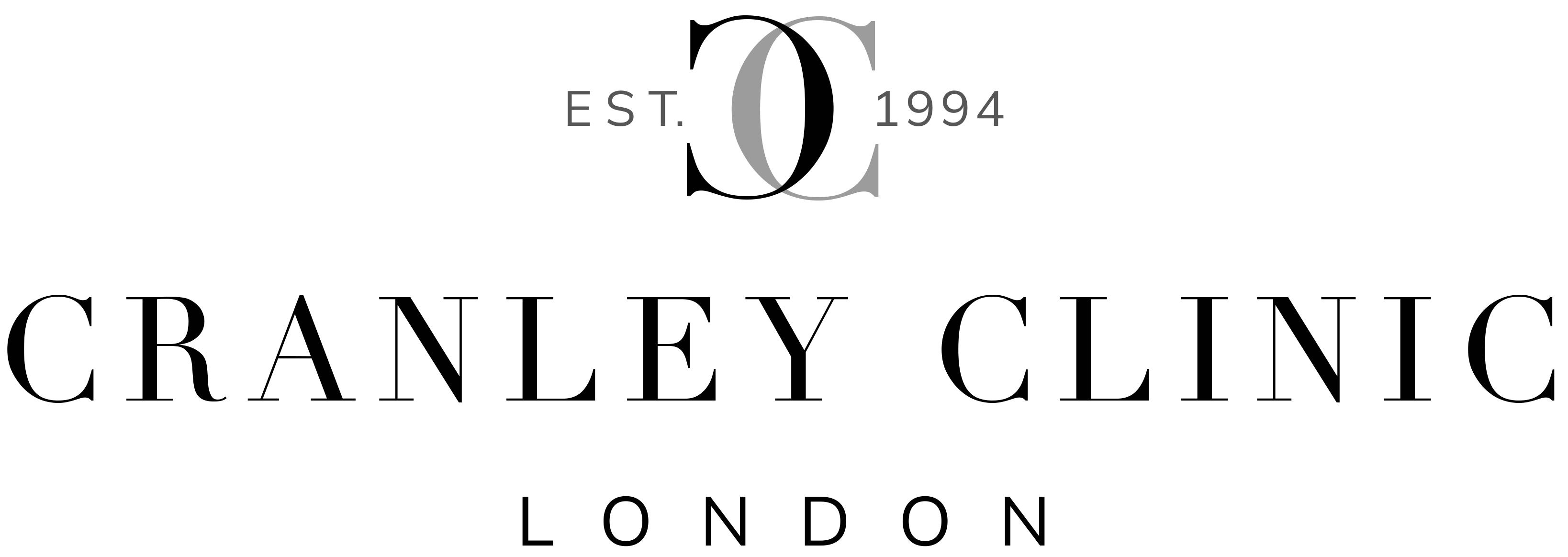Aesthetic Surgery
Cranley Clinic is recognised as one of London’s leading centres for aesthetic plastic surgery, offering a comprehensive range of procedures to enhance and refine your appearance. From reversing the signs of ageing to achieving the contours you have always desired, our expert surgeons provide personalised care and natural, elegant results.
